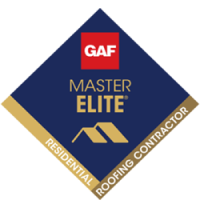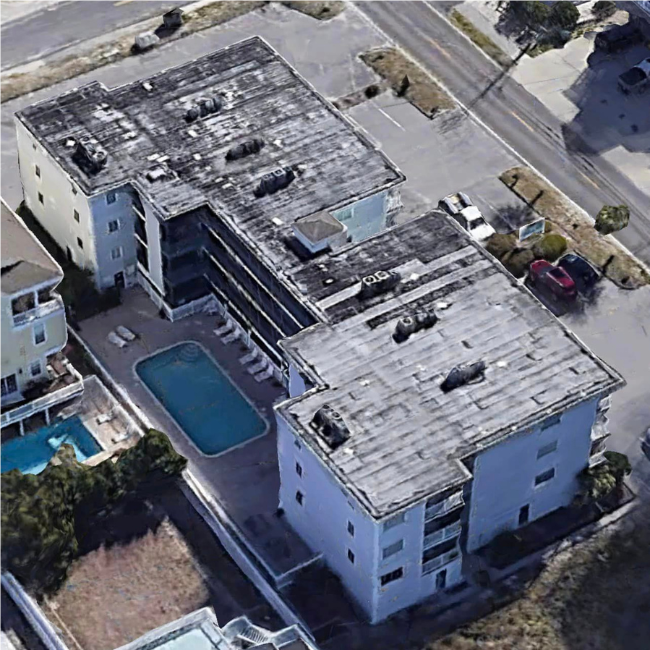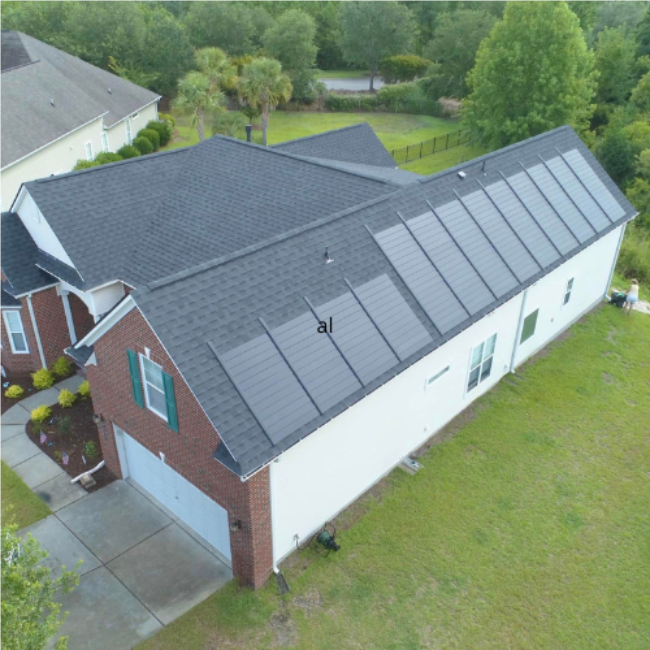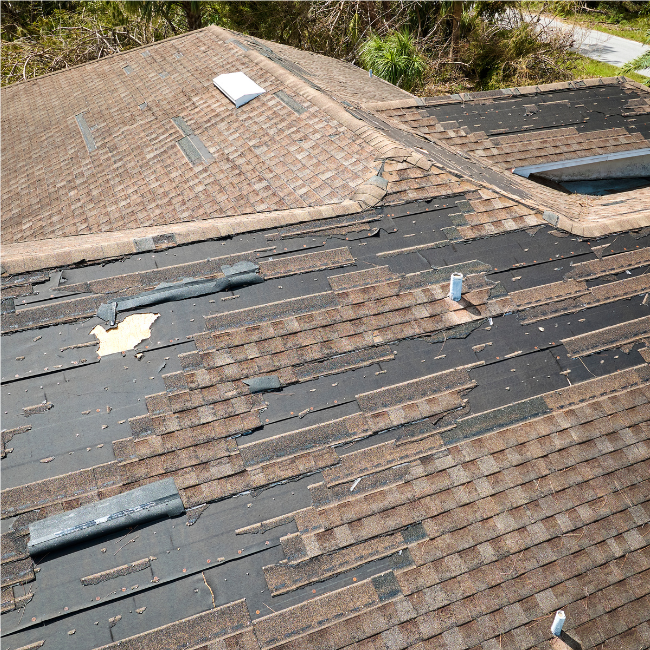The roof of your house is one of the most important structures that protects you and your family from the outside elements. That’s why routine roof inspections are crucial in maintaining the health of your roof and, ultimately, your house. Many homeowners are curious about what happens during a roof inspection and what the inspector is looking for. Here, we’ll cover the 10 key areas that a roof inspector will check, so you know what to expect from your next roof inspection.
1. Check for visible roof leaks
The inspector will look for any visible signs of water damage or leaks. They’ll check for water spots, stains or discolorations on the ceiling or walls indicating active leaks. They might also check for any signs of mold or mildew growth that could potentially cause health issues.
2. Check your attic’s ventilation
The inspector will evaluate the ventilation in your attic to make sure it’s functioning properly. Proper ventilation will prevent moisture buildup and extend the life of your roof.
3. Inspect roof vents
Roof vents are used to let hot air out and bring cool air in. The inspector will check if these are clear of debris and functioning correctly.
4. Determine how many layers your roof has
The inspector will determine how many layers of shingles or roofing material are on your roof. If there are multiple layers, it could indicate improper installation or repair work.
5. Evaluate the condition of your shingles
The inspector will evaluate the condition of the shingles, including curling, blistering and buckling. They will look for any broken or missing shingles that may need to be replaced.
6. Check the condition of your roof decking
The inspector will check the condition of the roof decking, which is the surface underneath the shingles that provides support. They will look for any signs of rot or damage.
7. Inspect your roof flashing
Flashing is the material placed over the joints in the roof to prevent water from entering. The inspector will check if the flashing is in good condition and correctly installed.
8. Inspect your gutters and downspouts
The inspector will check for blockages in your gutters. They will look for any signs of damage to the gutters and downspouts that could require repair.
9. Check roof penetrations and skylights
Penetrations include any structures on the roof such as chimneys, pipes, skylights or vents. The inspector will make sure that the caulking and flashing around these penetrations are functioning correctly. They will also inspect any skylights for damage or leaks.
10. Inspect the chimney from the roof
The inspector will check the condition of the chimney from the roof. They will look for any signs of damage, cracks or deterioration of the chimney’s mortar.
A roof inspection is a crucial part of maintaining your home’s structural integrity. A proper inspection can detect minor issues before they become major problems that could lead to costly repairs. By knowing what to expect during a roof inspection, homeowners can ensure that their roof stays in top condition and avoids any potential damage. At MD Roofing, we provide free roof inspections with top-quality inspection professionals. We care about your roof and the protection it provides to your family. Call us today to schedule your free roof inspection.
Subscribe to MD Roofing and Solar's Blog







Comments